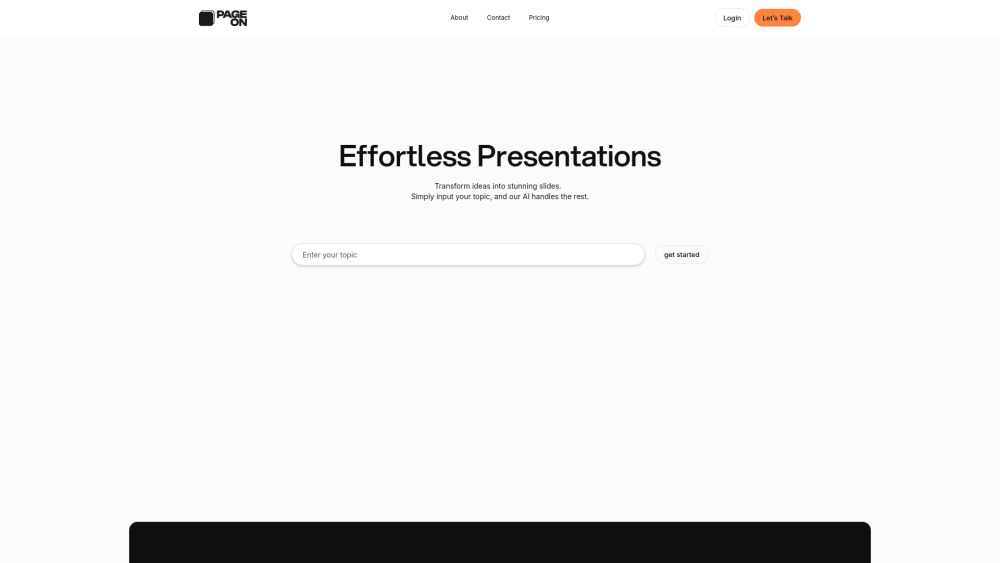A few short years ago, the concept of collecting a million data points a day seemed unimaginable to most organizations. Today, thanks to powerful data acquisition methods and affordable storage solutions, we find ourselves inundated with data. The real challenge lies in extracting actionable insights from this tidal wave of information to transform processes and organizations.
This is where artificial intelligence (AI) comes in. Across industries, AI’s remarkable capability to analyze data and identify patterns promises to revolutionize operations—enhancing productivity in sales calls, reducing waste in manufacturing, and even saving lives in high-risk fields. However, achieving true AI transformation requires a deeper understanding of human behavior than mastery of technology.
Are You Ready for AI Agents?
As cognitive scientists, we've identified three stages of AI transformation: collecting data, deriving insights, and taking action. The latter two stages hinge on understanding what drives human behavior—our fears, motivations, biases, and cognitive limitations that influence decision-making. AI can unveil patterns in data, but translating those patterns into insights and effective initiatives demands a solid grasp of human dynamics.
Using AI to Save Lives
Let's explore this three-step AI transformation process through the example of Dr. Teodor Grantcharov, a professor of surgery at Stanford University. He aimed to leverage AI to analyze and reduce surgical errors in the operating room (OR). Studies estimate that between 44,000 and 250,000 Americans die each year due to medical errors, with about a quarter resulting from preventable OR mistakes.
For two decades, Grantcharov has been developing an "operating room black box" that systematically captures data from surgical procedures, inspired by the flight data recorders used in aviation. Since the implementation of these recorders, they have significantly improved pilot training and safety measures, ultimately saving lives. The OR black box serves the same purpose: to identify and mitigate preventable surgical errors. Recent advancements in AI have helped overcome previous data analysis bottlenecks, enhancing performance and adherence to procedures, which in turn reduces morbidity, mortality, and costs in participating operating rooms.
Step 1: Collecting Data
The first step in AI transformation is data collection, which has become increasingly accessible. Grantcharov’s platform has been installed in around 20 U.S. operating rooms, capturing up to a million data points daily per site. This data encompasses audio-visual recordings of surgeries, electronic health records, inputs from surgical devices, and biometric readings—such as heart rate variability indicating stress levels and brain activity monitored through wireless EEGs.
However, as Grantcharov states, “Data is useless if we can’t turn it into information that clinicians can use to change their behavior.”
Step 2: Finding Insights
Identifying data patterns is where AI truly excels. “The human brain cannot continuously monitor all these data points and seek out patterns,” notes Grantcharov. “Modern AI methodologies empower us to convert data into actionable insights.”
Yet, understanding human dynamics is critical. For instance, Grantcharov hypothesized that stress impacts surgeon performance by affecting cognitive processing and decision-making. By collecting physiological data and correlating it with surgical mishaps, they discovered that stressed surgeons were 66% more likely to make errors. They also linked distractions—like a door opening or inconsequential conversations—to severe errors, highlighting the brain’s limited cognitive capacity.
Additionally, team dynamics play a crucial role. Teams that communicated poorly and lacked psychological safety—where individuals feel free to voice concerns—exhibited worse outcomes irrespective of the surgeon's technical skills. “A silent operating room is one of the most hazardous,” Grantcharov emphasizes, showcasing that interpersonal communication can outweigh technical proficiency in determining patient outcomes.
Step 3: Taking Action
Once AI illuminates the primary sources of surgical errors, hospitals and surgical centers can implement new procedures to minimize mistakes. However, successfully fostering behavioral change across an organization requires establishing clear priorities, cultivating habits, and implementing supportive systems.
Prioritizing essential tasks is critical—in this case, the focus is on enhancing patient outcomes through the prevention of avoidable surgical errors. Habits, such as initiating open communication about concerns, can be developed through training. Lastly, establishing systems that facilitate desired behaviors, like restricting non-essential discussions during critical phases of surgery, can enhance focus and performance.
AI transformation also requires a growth mindset within the organization—a belief that failures are opportunities for improvement, rather than threats to status. Initially, many surgical teams were apprehensive about the OR black box, fearing it would expose shortcomings or lead to litigation. However, attitudes evolved as they recognized that objective performance metrics were vital for growth.
“Once we understand we can't improve without data, it opens the door to a culture of continuous improvement,” Grantcharov notes. Facilities that embraced this shift experienced significant improvements in quality, safety, efficiency, and productivity.
Beyond the OR
While the stakes are particularly high in healthcare, other sectors can also benefit from AI’s analytical abilities to drive organizational change and cultural shifts. Merely deploying AI on a dataset isn't sufficient; it requires well-formulated hypotheses to test.
For instance, AI-powered tools in meetings could collect anonymized audio and visual data to unveil underlying patterns: Are valuable ideas being overshadowed by dominant voices? Is anxiety affecting participation? Are individuals distracted by devices during video calls?
In this context, AI can empower leaders to recognize and address barriers to productive discussions, fostering a more effective and engaged environment.
In conclusion, whether in operating rooms or boardrooms, AI holds the potential to unlock organizational capabilities. But paradoxically, as technology becomes more integrated into our lives, understanding human interactions and responses is more crucial than ever.
Dr. David Rock is the co-founder and CEO of the NeuroLeadership Institute (NLI).
Laura Cassiday is managing editor of content at the NeuroLeadership Institute.





